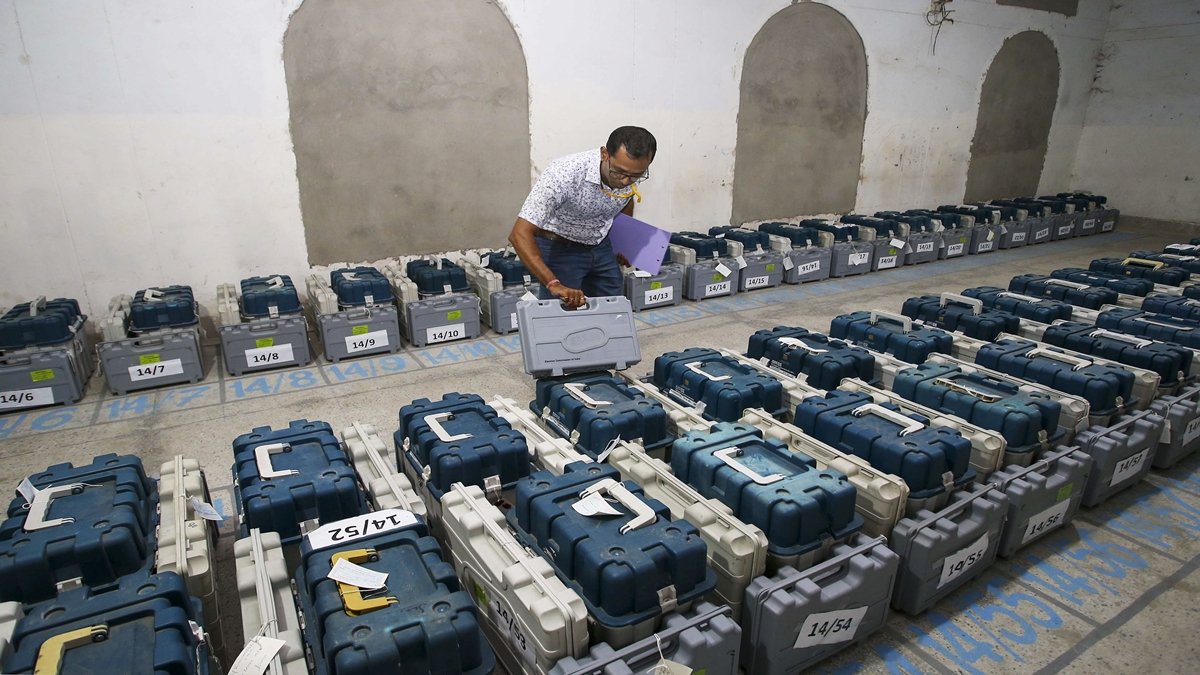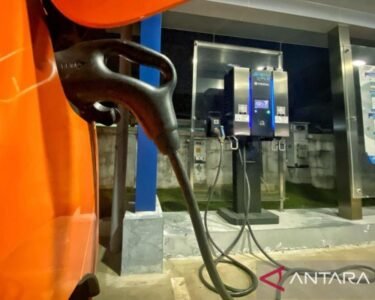The Election Commission of India told the Supreme Court on Thursday that the manufacturer of the EVMs does not know which button is going to be allotted to which political party or which machine will be allotted to which constituency or state, reports The Indian Express.
The court is hearing petitions seeking 100 per cent verification of Electronic Voting Machine (EVM) votes with their Verifiable Paper Audit Trail (VVPAT) slips. At present, five EVMs are randomly verified against VVPAT slips in every Assembly segment.
A senior official of the ECI also informed Justices Sanjiv Khanna and Dipankar Dutta of the apex court that the voting unit comprises a ballot unit, control unit and a VVPAT unit.
Addressing inquiries regarding the functionality of the machines and their VVPAT (voter-verified paper audit trail) units, a senior official of the commission told a bench of Justices Sanjiv Khanna and Dipankar Datta that the voting unit comprises a ballot unit, control unit, and a VVPAT unit.
Seven days before polls, images of symbols are uploaded onto the 4 MB flash memory of the VVPAT machine in the presence of candidates or their representatives.
The official highlighted that the ballot unit remains impartial to candidates or symbols. It solely features buttons against which party symbols are affixed. Upon pressing a button, the unit transmits a message to the control unit, which prompts the VVPAT unit to print the symbol corresponding to the pressed button.
Meanwhile, the ECI on Thursday informed the top that allegations of EVM showing one extra vote during a mock poll in Kerala’s Kasaragod were false.
The top court was hearing a batch of pleas seeking complete cross-verification of votes cast using EVMs with Voter Verifiable Paper Audit Trail (VVPAT), an independent vote verification system which enables an elector to see whether his vote was cast correctly.
“These news reports are false. We have verified the allegation from the district collector and it appears that they are false. We will submit a detailed report to the court,” senior deputy election
On Tuesday, the bench rejected the petitioner’s proposal to revert to using ballot papers, recalling the challenges associated with this method from the past.




